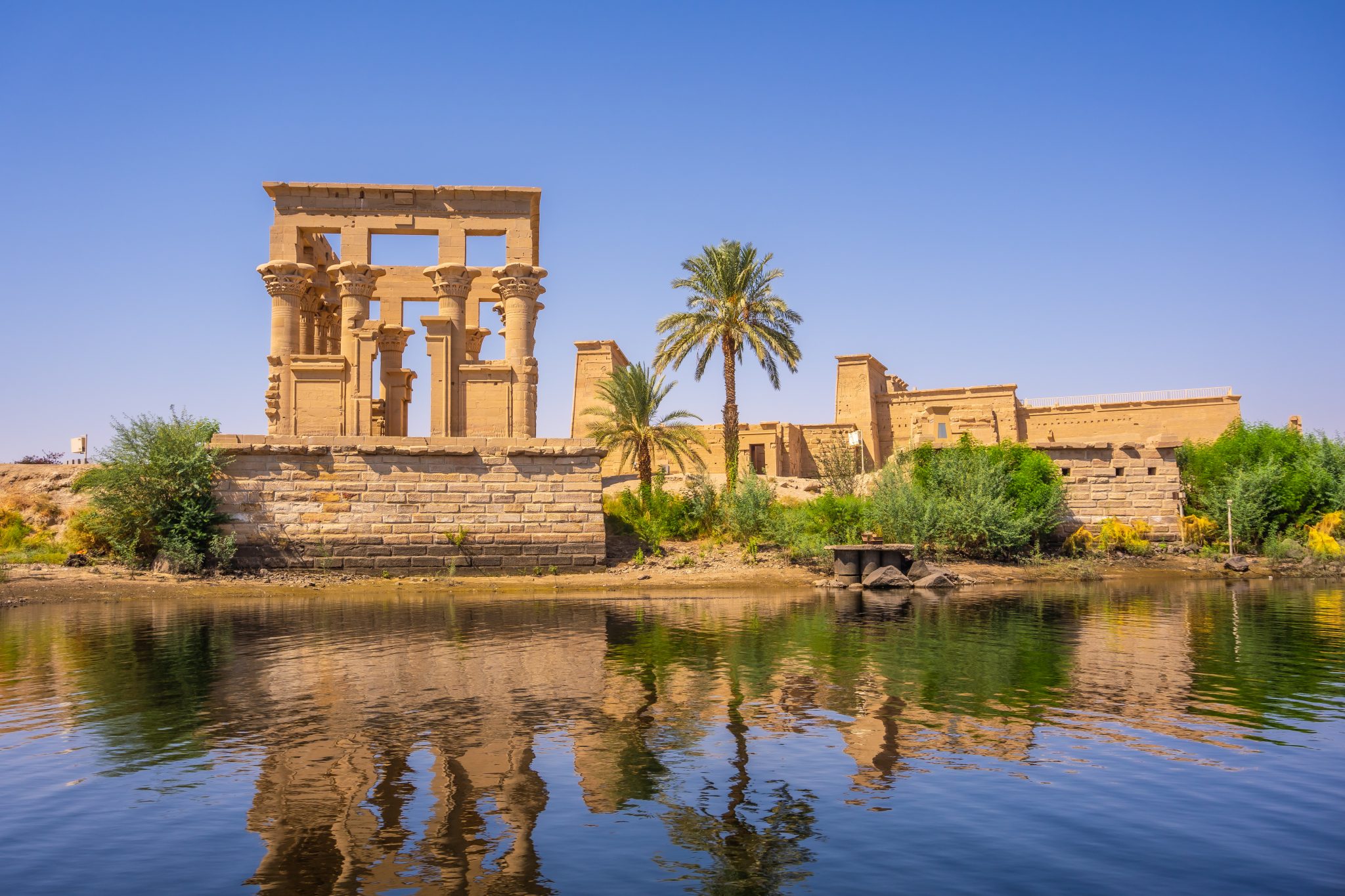Enhance guiding through robot, an example of Alexandria national museum:
Tour guides can make use of robot technology. But first it is the point of which data
must be provided by robots. Such data in a museum - for example - must relate to the
remote provenance of pieces projected in the museum, a place couldn’t be reached or
imagined through the museum tour.
An example of information related to the provenance of pieces can be applied to the
ancient Egyptian collection at Alexandria National museum. One of the most
important pieces of the Middle Kingdom in Alexandria museum is a granite statue of
Amenemhat III, using the robot to show some information about archeological sites
dating to the time of Amenamhat III, like his pyramid in Hawara and pyramidion in
the Egyptian museum will help the guide to improve his explanation of the piece.
Another important piece in the ancient Egyptian collection in the museum is a head of
Akhenaton. This piece is out of context in the museum. Through guiding the piece
must be linked to El Amarna; the city where Akhenaton lived and had his religious
revolution. A city lived for 20 years and was considered as unique example of ancient
Egyptian city where the visitor now can go and see (Kemp 2012, 17-22)
. Through
information provided on robot in the museum this piece can be connected to the city
of Akhenaton at El Amarna, the place where Akhenaton lived.
Guiding tourists with disabilities
A new trend in tourism is “tourists with disabilities”, researches on the tourists with
disabilities have grown rapidly in recent years (Chikuta, 2015; Darcy, 2010; Mc
Kercher et al., 2003; Poria and Brandt, 2010; Poria and Brandt, 2009). The tour
guiding must have certain facilities for these tourists, but this market is considered a
very expensive one and needs special requirements. This special type of tourists needs
from the tour guide special qualities and facilities in order to fully cater for them.
Tour guides still need training to be able to deal adequately with tourists with
disabilities during a tour (Chikuta O. et al 2017, 137).
Tour guides still need to be trained and equipped to help tourists with disabilities,
these disabilities ranging from hearing difficulty to learning difficulty and stress
disorders (Weiler and Black 2015, 168). Training programs for tour guides should be
provided to equip them with knowledge on how to treat tourists with disabilities
during a tour. This training can include basic sign language, handle and care
procedures of different disabilities, appropriate communication skills and health
issues of the tourists with disabilities (Chikuta et al 2017, 137).
In-site facilities that help the guide in their work must be available, like; brails that
will cater as information sources for tourists that have visual impairments. Sound
booths, textile exhibits and interpretations centers in the museums. Extra equipment
should also be kept at the tour; this includes wheelchairs, crutches, walking stick and
portable ramps (Chikuta et al 2017, 137).


